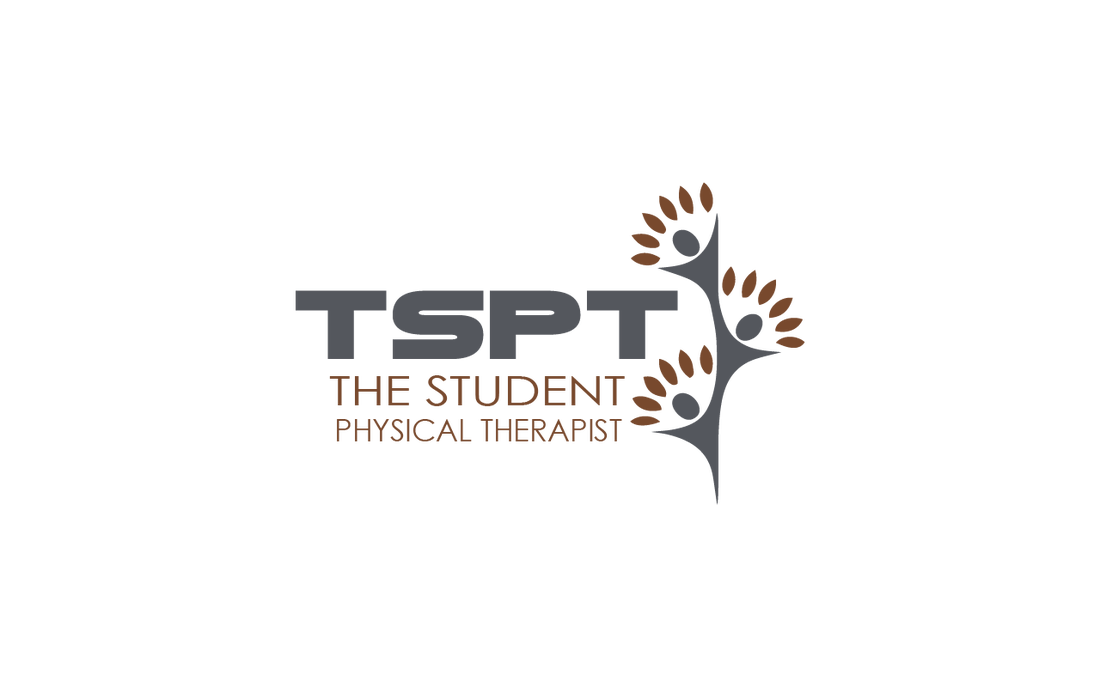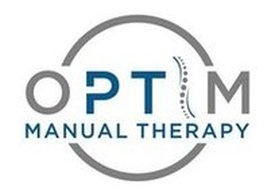- Home
- About Us
- TSPT Academy
- Online Courses
-
Resources
- Newsletter
- Business Minded Sports Physio Podcast
- Day in the Life of a Sports PT
- Residency Corner
-
Special Tests
>
-
Cervical Spine
>
- Alar Ligament Test
- Bakody's Sign
- Cervical Distraction Test
- Cervical Rotation Lateral Flexion Test
- Craniocervical Flexion Test (CCFT)
- Deep Neck Flexor Endurance Test
- Posterior-Anterior Segmental Mobility
- Segmental Mobility
- Sharp-Purser Test
- Spurling's Maneuver
- Transverse Ligament Test
- ULNT - Median
- ULNT - Radial
- ULNT - Ulnar
- Vertebral Artery Test
- Thoracic Spine >
-
Lumbar Spine/Sacroiliac Joint
>
- Active Sit-Up Test
- Alternate Gillet Test
- Crossed Straight Leg Raise Test
- Extensor Endurance Test
- FABER Test
- Fortin's Sign
- Gaenslen Test
- Gillet Test
- Gower's Sign
- Lumbar Quadrant Test
- POSH Test
- Posteroanterior Mobility
- Prone Knee Bend Test
- Prone Instability Test
- Resisted Abduction Test
- Sacral Clearing Test
- Seated Forward Flexion Test
- SIJ Compression/Distraction Test
- Slump Test
- Sphinx Test
- Spine Rotators & Multifidus Test
- Squish Test
- Standing Forward Flexion Test
- Straight Leg Raise Test
- Supine to Long Sit Test
-
Shoulder
>
- Active Compression Test
- Anterior Apprehension
- Biceps Load Test II
- Drop Arm Sign
- External Rotation Lag Sign
- Hawkins-Kennedy Impingement Sign
- Horizontal Adduction Test
- Internal Rotation Lag Sign
- Jobe Test
- Ludington's Test
- Neer Test
- Painful Arc Sign
- Pronated Load Test
- Resisted Supination External Rotation Test
- Speed's Test
- Posterior Apprehension
- Sulcus Sign
- Thoracic Outlet Tests >
- Yergason's Test
- Elbow >
- Wrist/Hand >
- Hip >
- Knee >
- Foot/Ankle >
-
Cervical Spine
>
- I want Financial Freedom
- I want Professional Growth
- I want Clinical Mastery
 As you are well aware, there are many applications for repeated motions. They can address deficits in mobility, strength, neural tension, DTR's, movement patterns, pain and more. One of the things that stood out to me the most when I was first learning about repeated motions, was how it applied to extremities through the spine. Just because there wasn't "radicular pain," neural symptoms, or central pain, didn't mean that we should just ignore the spine altogether. Having recently started at my new position, I have taken over several cases from other PT's. One older individual started PT with leg pain (no back pain), which is now resolved, but he was still having difficulty lifting his leg for ascending stairs or performing bed transfers. Upon examination, he had some passive hip mobility restrictions but his active SLR and hip flexion mobility were both significantly less than passive mobility. He also had significant restriction with lumbar extension (no major SGIS limitation noted). From my experience, a lot of hip mobility, strength and pain issues are resolved with treatment to the lumbar spine, even when no pain is present. I proceeded with some lumbar mobilizations. Following the lumbar treatment, he had full hip flexion PROM and nearly symmetrical active SLR. Now I may not fully understand the mechanism of why these changes have occurred, but I try to relate it to neural physiology. With any restriction in neural mobility, we see a loss in axoplasmic flow, which makes it easier for nerves to not function appropriately. I always relate it to a "kink" in the hose with water running through out. I simply try and help the patient get the "kinks" out by either performing a manual treatment or teaching the patient an exercise the gets the joints moving better that are limiting the nerve. What I try and apply to each patient is: start with assessing the spine (no matter the patient complaint!) and work your way down. By treating any restrictions you see, you will at the worst improve that areas mobility. You may, however, start to see some trends with subjective reports responding to spinal treatment. -Dr. Chris Fox, PT, DPT, OCS
0 Comments
Leave a Reply. |
Dr. Brian Schwabe's NEW Book in partner with PaleoHacks!
Learn residency-level content on our
Insider Access pages We value quality PT education & CEU's. Click the MedBridge logo below for TSPT savings!Archives
July 2019
Categories
All
|








 RSS Feed
RSS Feed